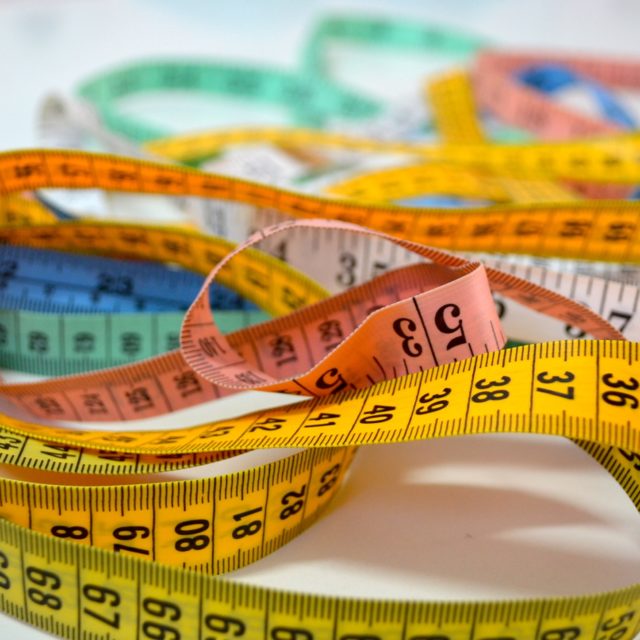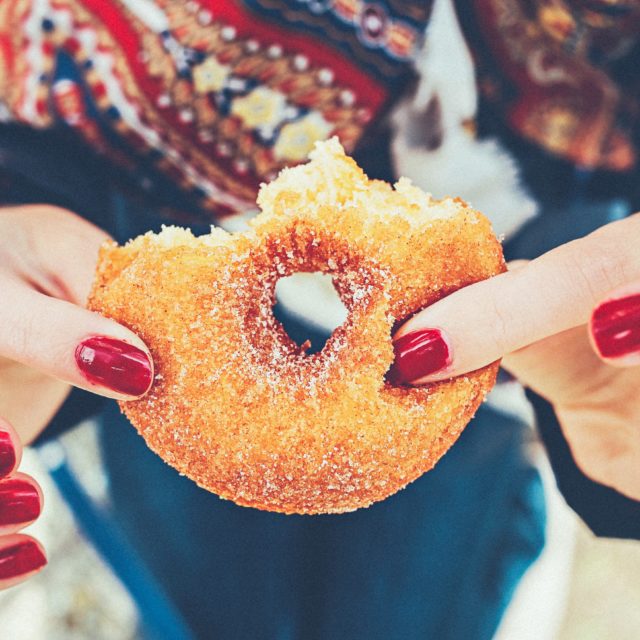At age 28 I woke up to prepare for work like any other day, except that day when I opened my closet I had no clothes that fit, nothing to wear for work. I froze for a minute in fear then decided I needed to do something. I remembered attending weight watcher meetings with my Mom at age 5, so I called in sick to work, found a meeting and became a weight watcher that day. I walked through the door scared, embarrassed but determined to do whatever I needed to do, whatever they told me to do to lose weight and get healthy. I lost 25 pounds in 2 years. That may seem like a long time to some, but I was more interested in learning and changing so I could keep it off for a long time. So 28 years later I have sustained that weight loss, plus a little more.
I worked 10 years in the weight loss industry, but early on I discovered a food relationship is so much more than I could ever imagine. That fueled my passion to pursue a career as a Psychotherapist helping adults understand their current disordered food relationship and create a sustainable one supported by psychological, behavior and lifestyle factors.
This post will introduce you to the Psychological factors of readiness, change, success-failure of weight loss and maintenance.
Readiness: Dr. Kelly Brownell and other researchers in the field of obesity believe one of the most predictors of weight loss success is one’s psychological readiness to follow a program. Determining ahead of time which factors might stand in the way of your losing weight gives you a chance to correct them so that you can focus your energy on getting weight healthy.
Transtheoretical Model of behavior change (Stages of Change): originally used to define changes in addictive behavior, it has been applied to the adoption of positive health behaviors. It has 5 distinct stages in the change process: precontemplation, contemplation, preparation, action and maintenance. These stages represent the “readiness” of an individual to make a change.
Attribution Theory: Psychologist Bernard Weiner found that the difference between achievers and non-achievers doesn’t depend on the number of failures or successes a person has, but rather on the conclusions one draws about why those successes and failures happened. In general if a person “attributes” failure to a personal defect-like incompetence-and explains success as a stroke of luck, then he is reasoning like a pessimist. An optimistic attitude generates hope and persistence-which, coincidentally, are the ingredients required to make permanent weight-loss changes. Ignoring difficulties doesn’t make them disappear-focusing on solutions does. The positive perspective must take reality into account for it to work.
This is just an introduction to the world of healing a food relationship utilizing psychological constructs. One of the most fundamental building blocks of nutritional metabolism is our relationship with food, or our food psychology paradigm – the sum total of our innermost thoughts and feelings about what we eat. Our relationship with food is as deep and revealing as any we might ever have in life.
I help adults conquer eating issues, calm anxiety, and recover happiness at any age.





